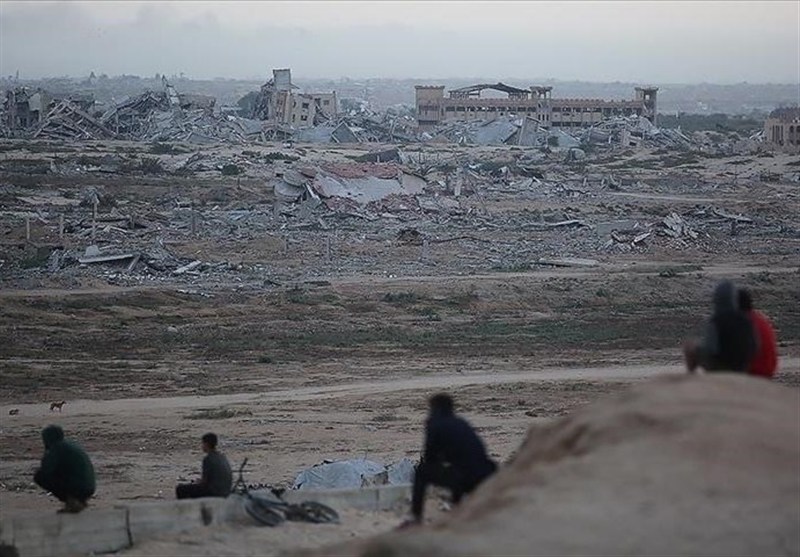Thousands of displaced Palestinians have begun returning to the ruins of northern Gaza as the Israeli regime halts its months-long assault and retreats from parts of the enclave under the first phase of a ceasefire deal with Hamas.
They are making their way back to towns leveled by relentless Israeli bombardment, marking the first large-scale return since the war began.
Resistance movements including Hamas and the Palestinian Islamic Jihad as well as the Popular Front for the Liberation of Palestine (PFLP) declared that they reject “any foreign guardianship” over Gaza, demanding full Palestinian control. Gaza officials have called for an independent international investigation into war crimes and genocide committed by the Israeli regime.
Al-Rashid Street, once Gaza’s main coastal artery, has again become a corridor of movement for displaced families. Many are returning north along roads destroyed by Israeli bulldozers, carrying what little remains of their possessions.
“Once again (displaced Palestinians) are taking the same exact road, the only lifeline for Palestinians now to go back to their homes in Gaza and the northern part (of the enclave),” said Al Jazeera correspondent Hani Mahmoud from central Gaza.
A senior Hamas official, Mousa Abou Marzouq, said Friday that a prisoner exchange between Hamas and the Israeli regime may begin Monday as part of the ceasefire arrangement. “The prisoner swap might start on Monday,” he said in a televised interview, noting that Hamas intends to avoid any public celebrations during the process.
The first stage of the ceasefire — part of US President Donald Trump’s Gaza plan — took effect at noon Friday. According to documents published by Israel’s KAN broadcaster, Hamas is to release living Israeli captives within 72 hours of the regime’s ratification of the deal, while providing information on deceased captives to a joint mechanism involving Turkey, Qatar, Egypt, and the International Committee of the Red Cross (ICRC).
Israeli figures estimate 48 Israeli captives remain in Gaza, including 20 alive. Meanwhile, over 11,100 Palestinians are held in Israeli prisons, many suffering torture, starvation, and medical neglect, according to Palestinian and Israeli human rights groups.
Abou Marzouq said Israeli prime minister Benjamin Netanyahu is using the prisoner issue as a pretext to prolong the war. He said Hamas holds “many negotiating cards” and continues to work with mediators to secure the release of Palestinian leaders detained by the regime.
Abou Marzouq said Israeli forces have pulled back to the “yellow line” but still occupy more than half of Gaza’s territory. “The withdrawal lines set by the occupation are inaccurate and drawn arbitrarily,” he said. “Hamas will not accept any future Israeli presence in areas it currently controls.”
He also revealed that US troops have been deployed to monitor the truce’s implementation but will remain inside Israeli occupied territory. The next stage, he said, will focus on rebuilding a unified Palestinian national framework and discussing the potential deployment of peacekeeping forces in Gaza and the West Bank.
Calling for unity, Abou Marzouq urged the Palestinian Authority to convene a comprehensive national meeting to reach consensus on key issues. He said Hamas accepted Trump’s plan “to safeguard the supreme interests of the Palestinian people,” emphasizing that no single group can decide their fate alone.
Trump announced Wednesday that Israel and Hamas had agreed to the first phase of a 20-point peace plan involving a gradual withdrawal of Israeli forces, the exchange of prisoners, and the creation of a new governing mechanism in Gaza without Hamas’ participation.
The war, launched by the Israeli regime in October 2023, has killed nearly 67,200 Palestinians — mostly women and children — and turned the Gaza Strip into a wasteland.

